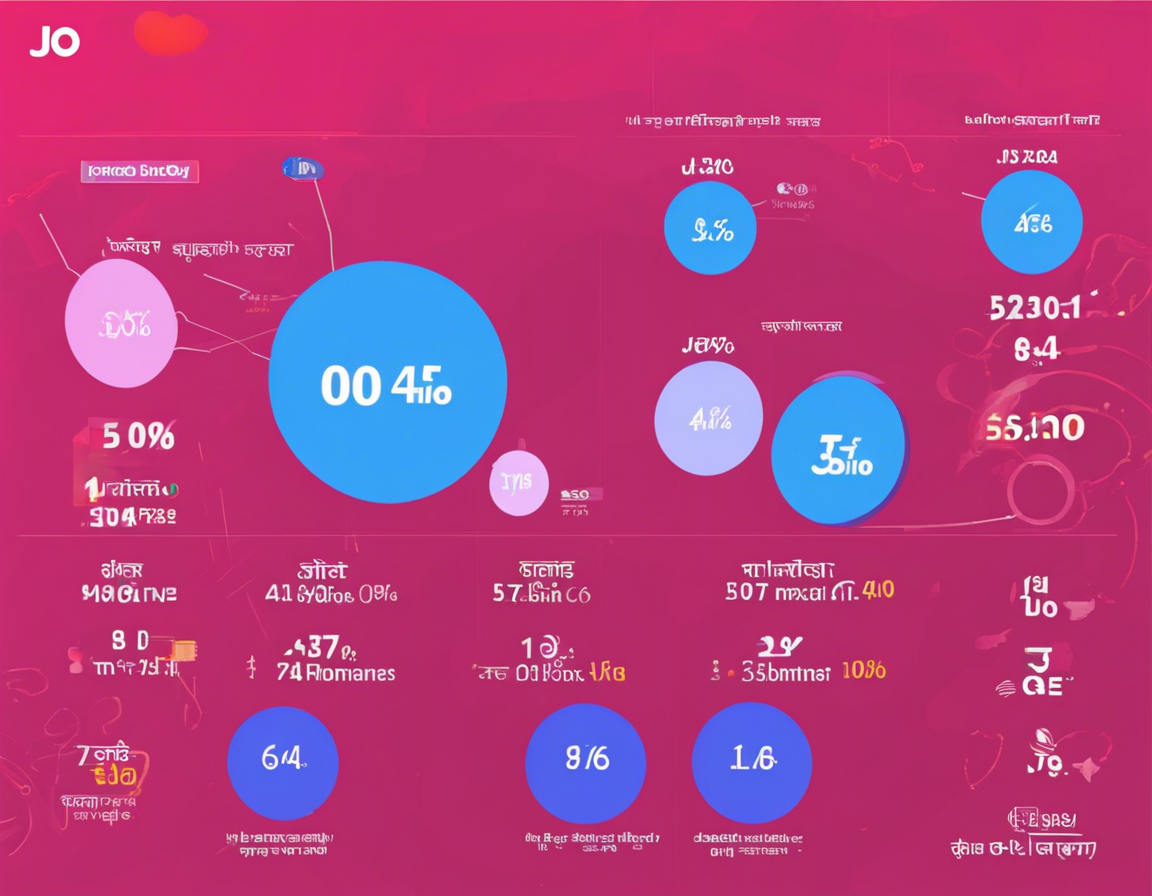
Unlocking the Secrets of Tallyman Axis: A Comprehensive Guide
The Tallyman Axis is a concept that has gained significant traction in recent years, especially in the realm of business management and analysis. Understanding and effectively utilizing the Tallyman Axis can provide organizations with valuable insights into their operations, finances, and overall performance. In this comprehensive guide, we will delve into the intricacies of the Tallyman Axis, its significance, how it can be applied in real-world scenarios, and the benefits it offers to businesses.
What is the Tallyman Axis?
The Tallyman Axis is essentially a method of analysis that involves organizing data along two key dimensions – vertical and horizontal. The vertical dimension typically represents the various stages or steps in a process, while the horizontal dimension signifies different categories or aspects of the data being analyzed. By plotting data points within this structured framework, organizations can gain a deeper understanding of how different variables interact and impact one another.
Why is the Tallyman Axis Important?
The Tallyman Axis serves as a powerful tool for visualizing complex data sets in a clear and structured manner. By organizing information along two distinct axes, it becomes easier to identify patterns, trends, and relationships that may not be immediately apparent when looking at raw data. This analytical approach can help businesses make more informed decisions, spot inefficiencies, and capitalize on opportunities for improvement.
Applying the Tallyman Axis in Business
Businesses can leverage the Tallyman Axis in a variety of ways across different functions, including:
Financial Analysis
- Plotting revenue streams against different cost categories to identify profit drivers and areas of overspending.
- Comparing budgeted vs. actual expenses along the vertical axis to track variances and improve budgeting accuracy.
Sales and Marketing
- Mapping customer acquisition channels against conversion rates to optimize marketing strategies.
- Analyzing sales performance across different product lines or regions to focus efforts on high-performing areas.
Operations Management
- Plotting production timelines against quality metrics to streamline processes and enhance productivity.
- Tracking inventory levels relative to demand forecasts to avoid stockouts or excess inventory.
Benefits of Using the Tallyman Axis
The Tallyman Axis offers several key advantages for businesses looking to enhance their analytical capabilities:
Enhanced Visualization
By presenting data in a structured grid format, the Tallyman Axis allows for easier visualization of complex relationships and trends.
Improved Decision-Making
The clear organization of data along distinct axes helps decision-makers identify key insights and patterns more effectively, leading to better-informed decisions.
Holistic Analysis
By analyzing data from multiple perspectives simultaneously, businesses can gain a more comprehensive understanding of their operations and performance.
Facilitates Collaboration
The visual nature of the Tallyman Axis makes it easier for teams to collaborate and discuss findings, fostering a more collaborative approach to problem-solving.
FAQs (Frequently Asked Questions)
1. How do I create a Tallyman Axis diagram?
To create a Tallyman Axis diagram, start by identifying the two dimensions along which you want to analyze your data. Plot the relevant data points within a grid format, with one dimension along the vertical axis and the other along the horizontal axis.
2. Can the Tallyman Axis be applied to non-business scenarios?
Yes, the Tallyman Axis can be used in various fields beyond business, including education, healthcare, research, and more. The key is to identify the relevant dimensions and data points to plot within the framework.
3. What software tools can I use to construct a Tallyman Axis diagram?
Popular data visualization tools like Microsoft Excel, Tableau, and Google Sheets offer functionality to create Tallyman Axis diagrams. You can also opt for specialized business intelligence software for more advanced analysis.
4. How can the Tallyman Axis help with strategic planning?
By analyzing key metrics along two distinct dimensions, organizations can gain insights into the effectiveness of their strategic initiatives, identify areas for improvement, and align resources more efficiently with strategic goals.
5. Are there any limitations to using the Tallyman Axis?
While the Tallyman Axis is a valuable analytical tool, it may not be suitable for all types of data analysis. Complex datasets with multiple variables or nonlinear relationships may require alternative approaches for effective analysis.
In conclusion, the Tallyman Axis represents a powerful method for organizing and analyzing data in a structured and insightful manner. By leveraging this analytical framework, businesses can unlock valuable insights, drive informed decision-making, and optimize their performance across various functions. Whether used for financial analysis, sales and marketing optimization, or operational improvements, the Tallyman Axis offers a versatile and effective tool for driving business success.





